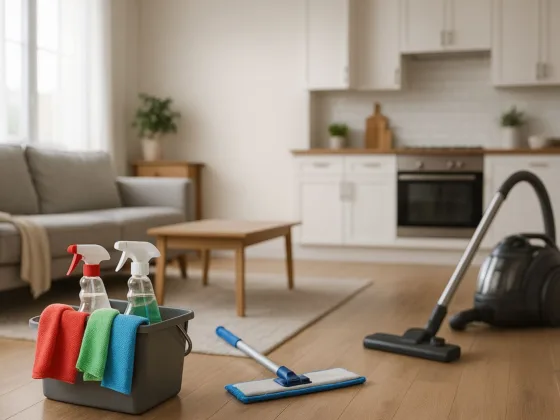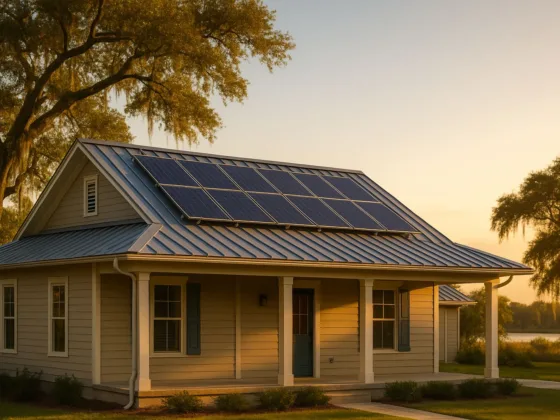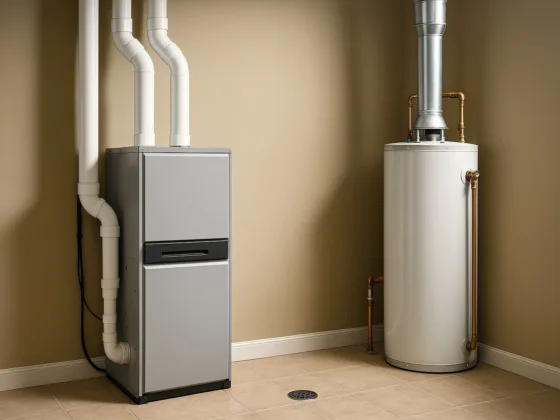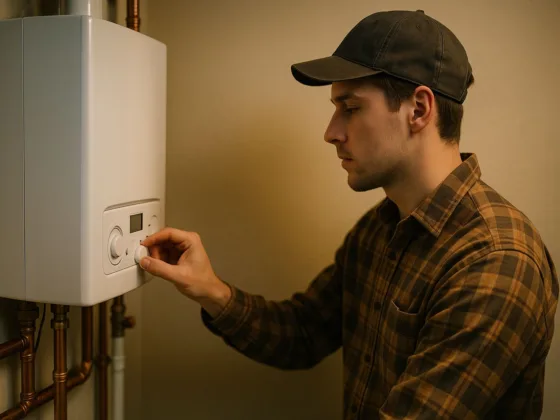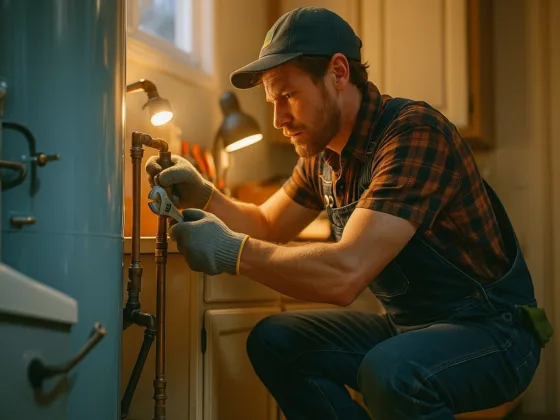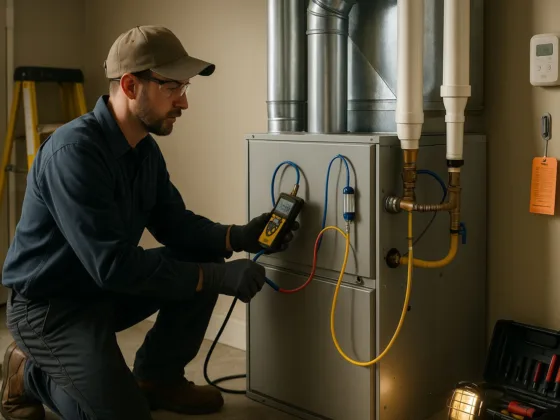Table of Contents Show
Power inverters take the 12 volts from a car battery and convert it into 120 volts of household power. This is useful for people who live in an area where electricity isn’t readily available or when your power goes out during a storm.
If you still need a DC power supply, you might want to have 12v power supplies.
They are also great for camping trips or other occasions when you need to have electric power without being near an outlet.

How Does a Power Inverter Work?
It may seem like magic when you use an inverter to power something like a small TV or radio. But, how can just 12 volts of electricity create 120? While we won’t explain exactly how the process works here, there are several steps:
First, the converter needs access to both 12 volts and 120 volts. The former comes directly from the car battery, while the latter is supplied by household current via an electrical cable that connects to your home’s power supply system.
The converter starts with 12 volts of electricity in its input circuits, which are separate from where it sends out 220-volt currents to whatever you have plugged into it.
This means that you can’t plug your car charger into the converter and power up all of its functions. The inverter needs to be able to draw on both voltages to function.
Therefore, finding the perfect power inverter is important, and PowerMurt has a wide array of the best power inverters on the market.
Keep in mind that power inverters are safe to use as long as they are installed correctly.
The most important thing to remember is that you should never plug a power inverter into your car battery without first disconnecting it from the rest of your vehicle’s electrical system and removing any connection between its terminals and those of your car’s battery.
What are the Benefits of an Inverter Power Supply?
Most people who invest in power inverters ensure that they can still enjoy things like a television and home appliances even if their area experiences a power outage or other disruption in service.
There are many situations where you might want to have access to household electricity but not plug it into an outlet at your house. Power inverters also come in handy when camping as an additional source of electricity for a recreational vehicle or camper.
Read Also:
Inverters can also provide power to just about anything that plugs into an electrical outlet, including laptops and other types of computers, as well as small appliances like microwaves and coffee makers.
In a nutshell, the benefits of this power source include:
- Power source reliability
- Portability – easy to take from place-to-place
- Versatility – compatible with many different appliances and devices
- Convenience
These are some of the investments that every household should make, and they don’t cost a lot of money.
How Much Power Do You Lose Using an Inverter?
Power inverters are a great tool to use when you need constant access to household electrical power, but there is one potential issue that users should be aware of.
Converting from DC into AC takes away some amount of the energy being transferred, reducing the total output available for your appliances.
The loss comes about because inverter technology uses switching power supplies to convert the voltage. Regardless of how efficient they are, all switching power supply designs generate some amount of heat as a by-product.
The total energy lost depends on the efficiency rating for different models and types of power inverters.
A 100-watt power inverter, for example, may have an efficiency rating of 80 percent or higher. This means that 20 watts are lost during the conversion process – not a significant amount when you need to run one appliance at a time.
But it’s something to consider if you want to use multiple power inverters to run a few appliances or other devices at once, especially if you can’t use an electrical outlet for any of them.
What Is The Difference Between A Pure Sine Wave and Modified Sine Wave Inverter?
When choosing between a pure sine wave and modified sine wave power inverters, one thing to consider is the type of appliances you need to power. For example, some high-end electronics like computers and televisions require pure sine wave inverters to function properly.
Modified sine wave inverters are generally cheaper than their pure counterparts, but they can’t deliver as much juice for certain devices, so it’s important to do your research when you’re in the market for one of these products.
The best way to determine what type of inverter is right for you and your appliances is to go through a checklist:
- What devices will I be using with the inverter?
- Which features does each device require? (i.e., power draw, voltage requirements)
- What is the total wattage of all devices?
- Is a pure sine wave inverter required for any appliances or electronics? If so, what are those items, and how many will you be powering at once?
- How much money do I want to spend on an inverter that meets my needs?
- How much power loss will I experience?
- What are other features important to me?
- Is there anything else you need to consider, such as safety or space constraints?
Final Words
Power inverters are designed to provide backup power for devices and appliances that use household electricity. They can provide anywhere from a couple of watts to thousands of watts depending on the size and type you purchase, as well as your personal needs.


